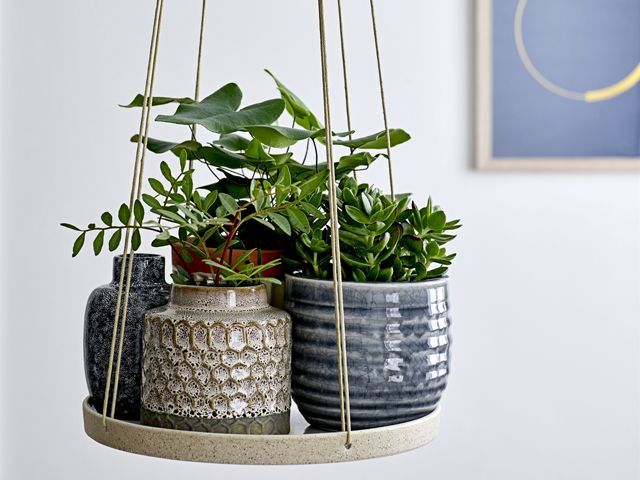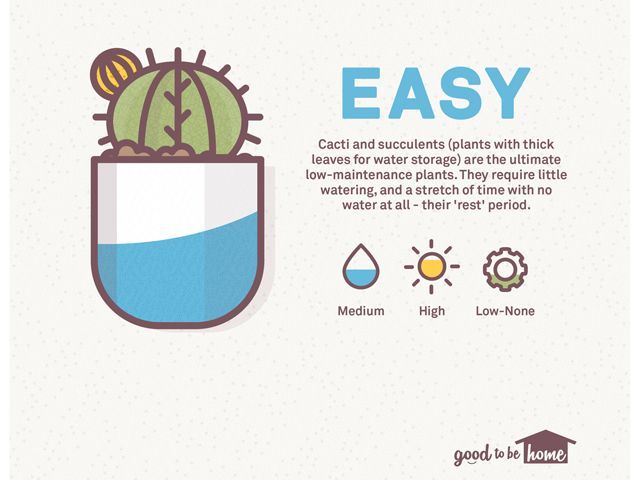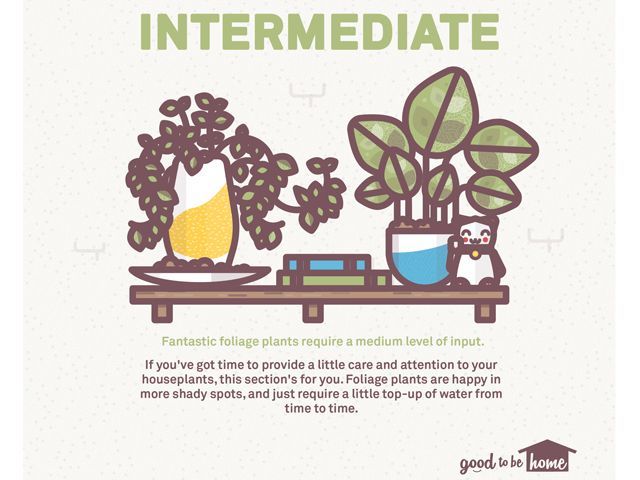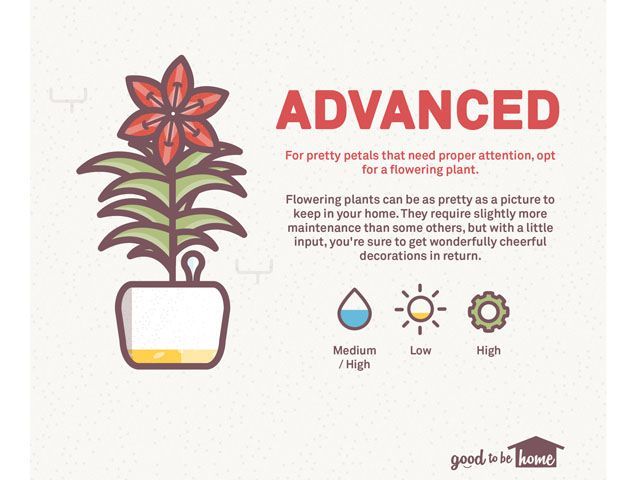
How to choose and care for house plants to suit every room
From easy-to-care-for succulents to flowering plants that are more difficult to keep indoors, here’s how to pick the best house plants whether you’re green-fingered or not
Main image: Out There Interiors

Image: Bloomingville
Houseplants have become a must-have accessory for any modern home, bringing interest and a burst of colour into even the smallest spaces. Searches for “house plants” have doubled over the last five years, while certain varieties have seen an even greater boost.
It can be hard to find a plant that is perfect for your decor, let alone find one that will survive in the room’s environment. Interior designer Anna Ward suggests that, “A clever use of plants can work to enhance or detract from furniture.”
“Spider plants draping down can soften harder edges of bookcases and windowsills, creating a more eclectic feel for the space. Clusters of succulents can be lined up on fireplaces and coffee tables to give a more formal look to the room. Adding Sanseviera and tiger grass to conservatories or windowsills is also great way to add a layer of privacy from the outside world.”
For big rooms, Anna adds that, “Larger plants are fantastic for filling spaces and adding a burst of texture and colour to the room. Plants can cement the scheme for the rooms too. An oversized palm can be amazing in a more traditional scheme; a banana leaf tree is really suited to a fun room; and rubber plants look really sleek in contemporary schemes or either side of large bifold doors.”
Anglian Home Improvements has created a handy guide so you can figure out which plants will work for your space, broken down into three levels – easy, intermediate and advanced – depending on how much care and maintenance each plant needs.
Easy to care for plants

Image: Good to be Home by Anglian Home Improvements
For minimum effort, opt for plants that only need watering every few weeks, like cacti and succulents. Succulents come in a variety of colours, shapes and sizes so you can create bold arrangements.
In fact, this plant type has actually seen a 456% search increase over the past five years, while the current trend for terrariums has seen them enjoy a year-on-year increase in google searches of 168%*.
Be aware of overheating – too much sun can damage cacti. if you notice your cacti looking a little feeble, try giving them a bit more sunshine.
In warmer months, don’t let your cacti become completely dry before you water them again but never let them sit in water. When it’s cold outside, you don’t need to water them as much – every three weeks or so. This is the ‘rest period’ in which the cacti won’t grow, and so require less water.
They can be hard to dust due to their spiky exterior so save your fingers and give them a dust with a long paintbrush.
Indoor plants with foliage require TLC

Image: Good to be Home by Anglian Home Improvements
Plants requiring more attention include those with green foliage like Spider plants, Sansevieria, Boston ferns, palms, Echinoderms and cheese plants and even though they produce no specific fragrance, they are excellent at helping keep the air in your home fresh and clean.
They’re most happy to live in shady spots and there’s no need to water them daily so they’re perfect with those with less than green fingers.
Keep them somewhere with a consistent temperature – no draughts or sudden chills! PLants with green foliage don’t need much light; ferns actually enjoy darker places too.
Water them when the compost is very nearly dry. Check it with your finger before you do. Place a saucer under the plant pot for drainage, but water form above – not filling the saucer.
High maintenance flowering plant

Image: Good to be Home by Anglian Home Improvements
If you’d prefer a splash of colour and a pleasant fragrance to cheer up your home, you’ll have to get ready for some proper maintenance with flowering plants.
Some great varieties with particularly vivid flowers include Busy Lizzies, Azaleas, Poinsettias, Bromeliads, Orchids and Anthurium, while more subtle flowers are produced on Peace lilies and fragrant Gardenia.
A bright windowsill can be perfect for your flowering plant, buit make sure you keep the temperature consistent. Blooming plants can be a little more sensitive – be careful of over exposure to sunlight in summer.
Make sure you keep the soil damp but let it dry just slightly between each watering. Keep them happy by using a special flower feed once a week during the summer months.
Give your plants a little spruce with a duster from time to time – it’ll keep them growing naturally and looking great.
Want extra-luscious and shiny leaves? Gently rub them with a soft damp cloth.
Read more in Anglian Home Improvements‘ handy guide on how to choose and care for your houseplants.
*Figures correct as of 13/03/2018
Which plants do you have in your home? Tweet us @goodhomesmag or post a comment on our Facebook page.




